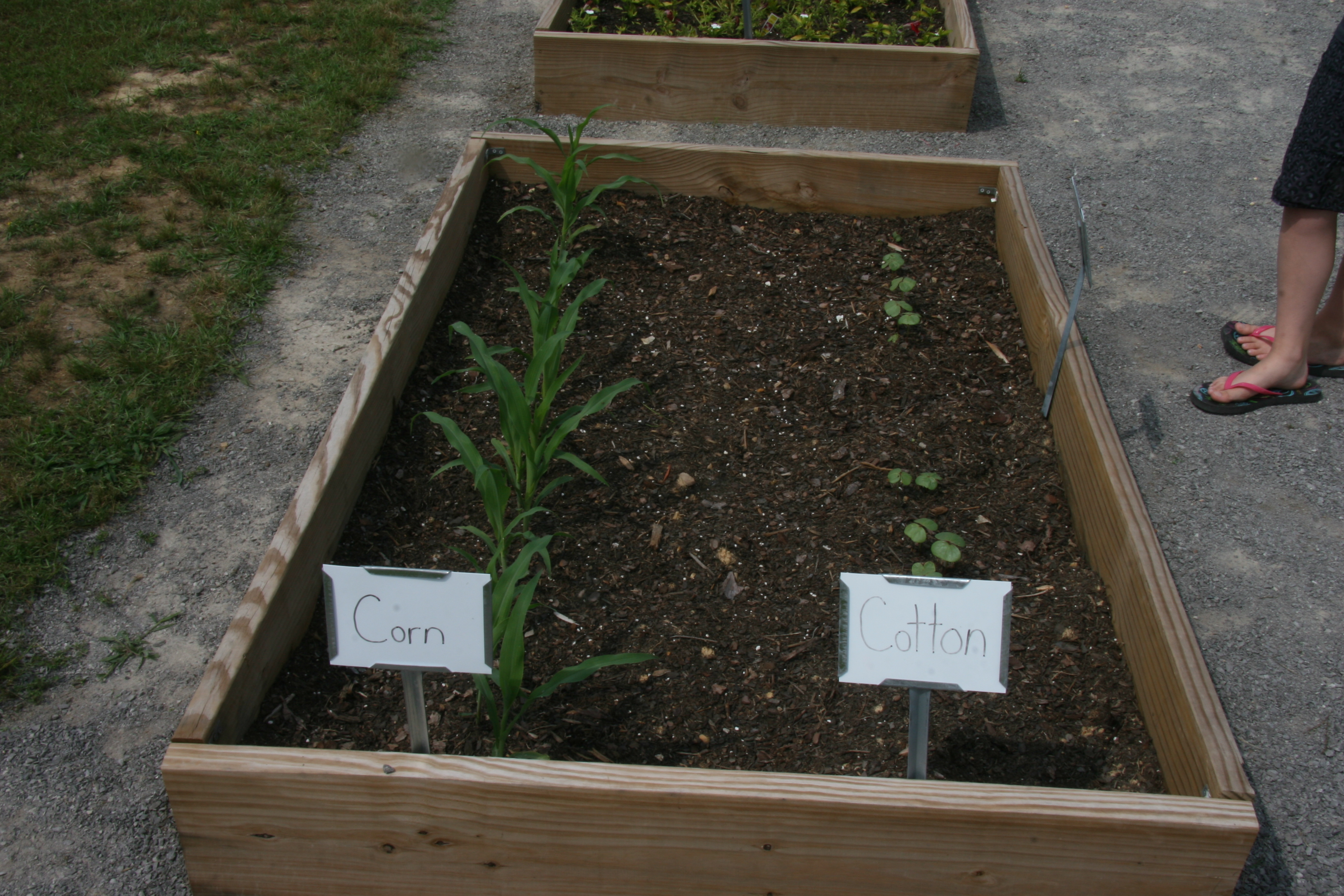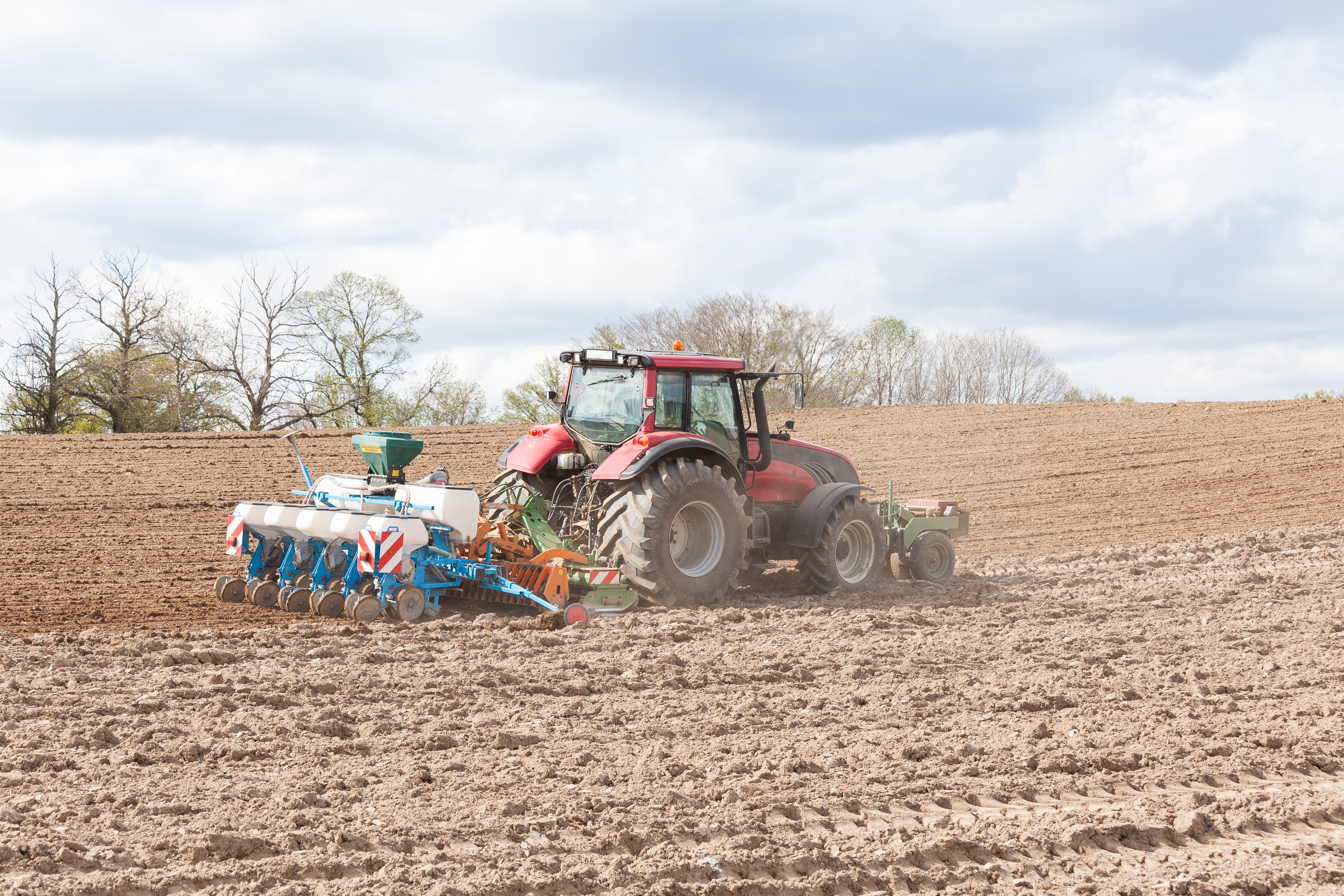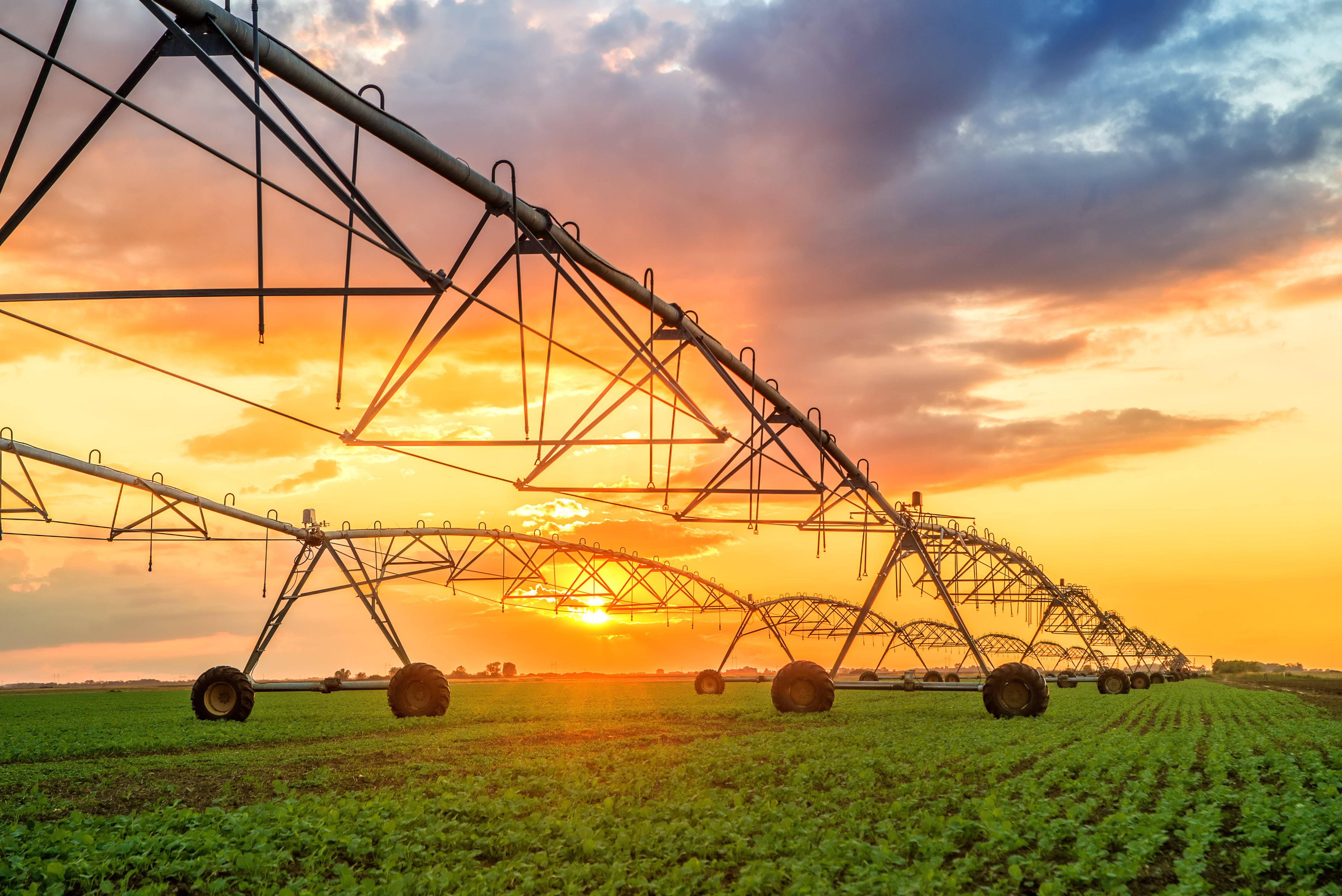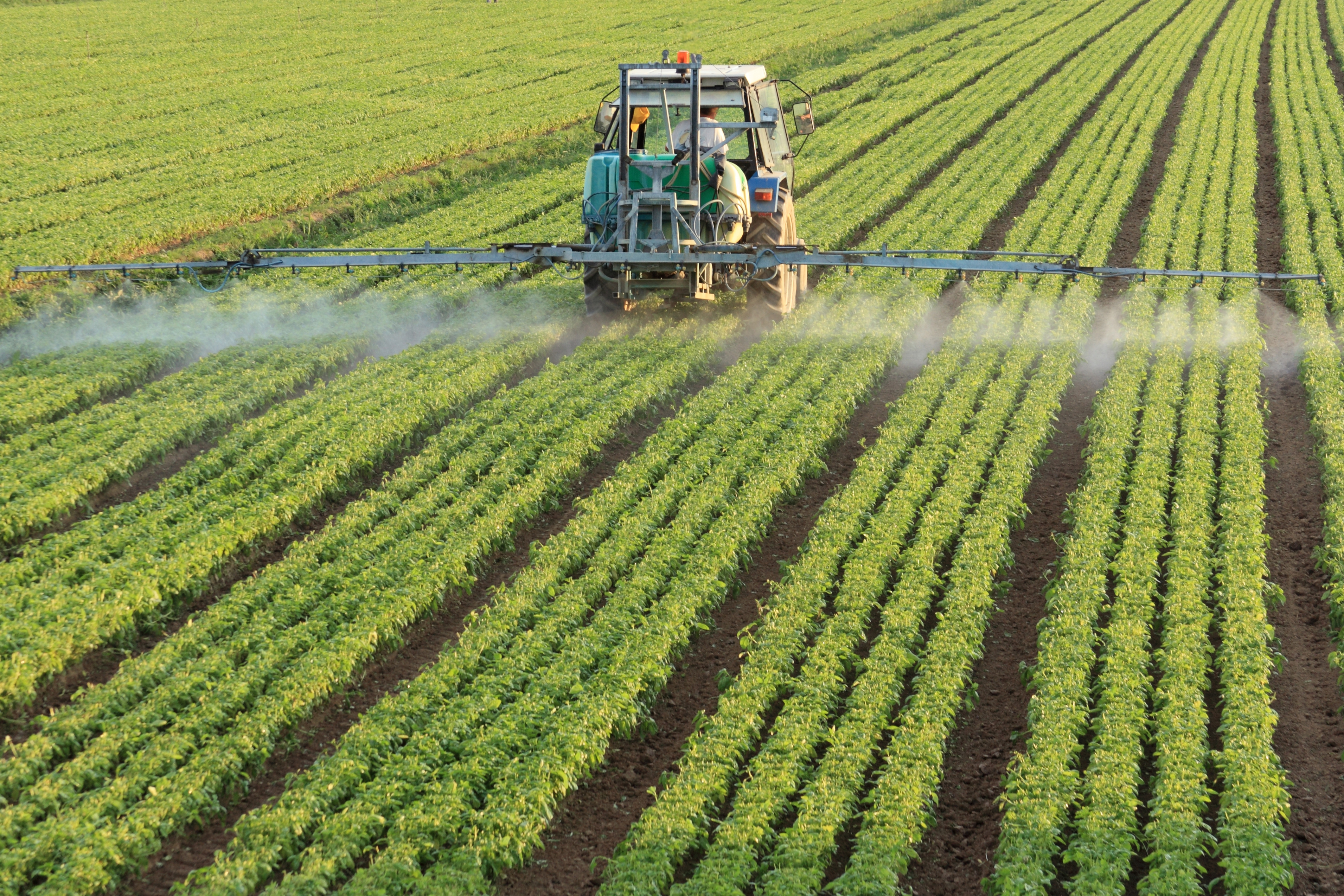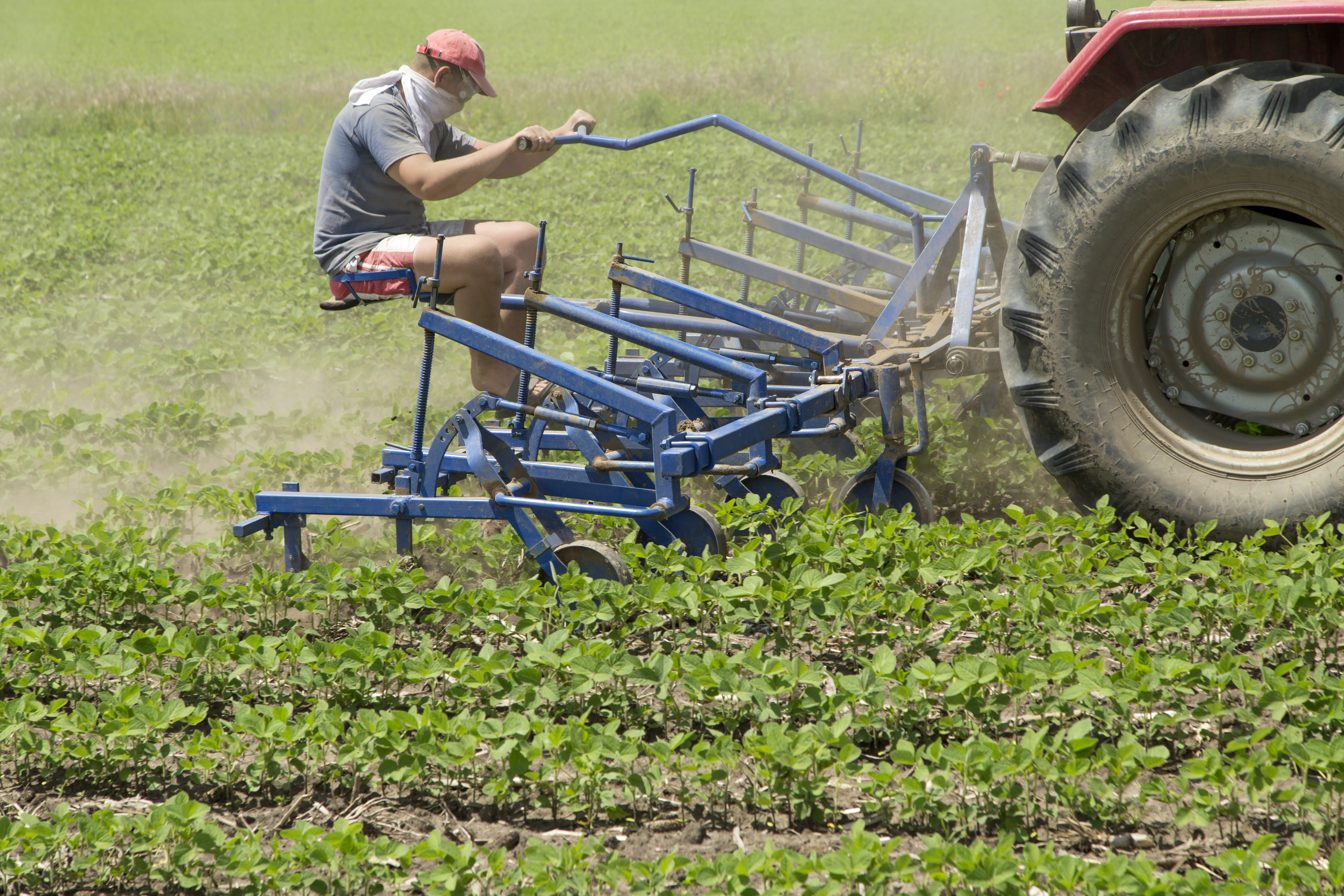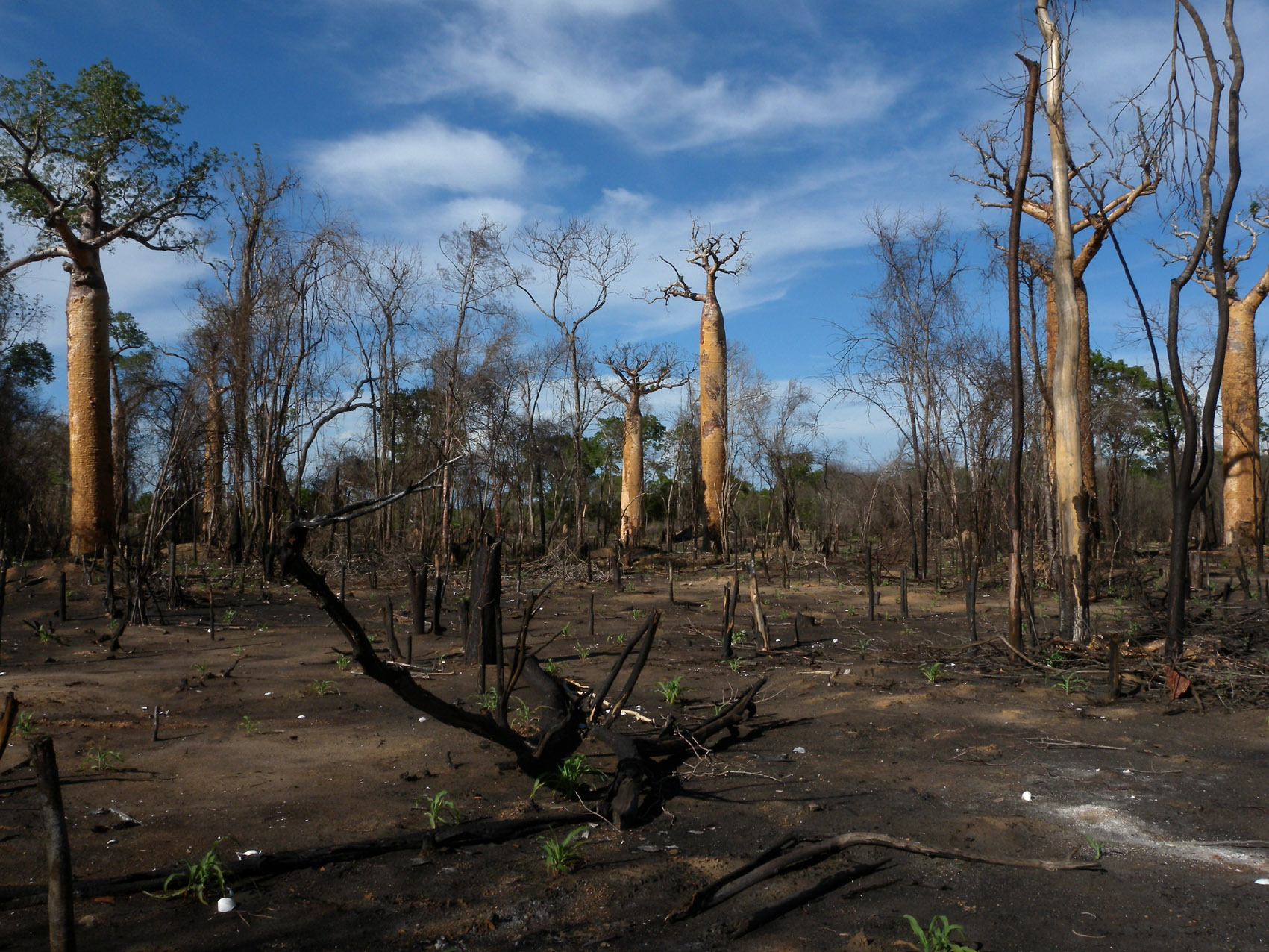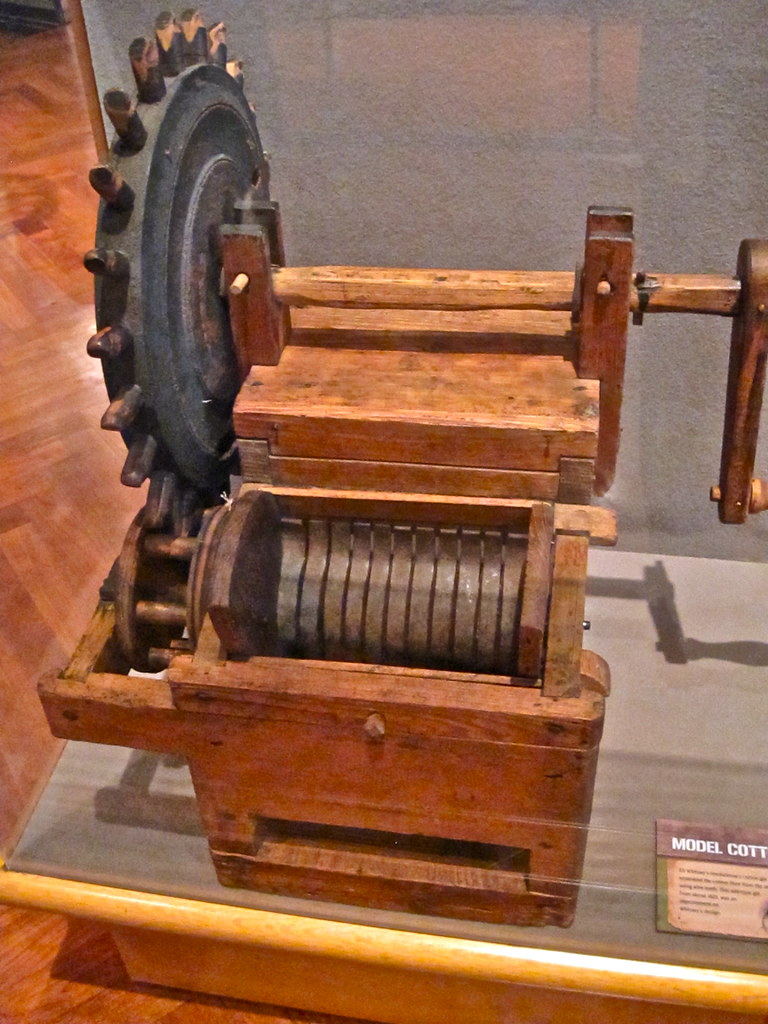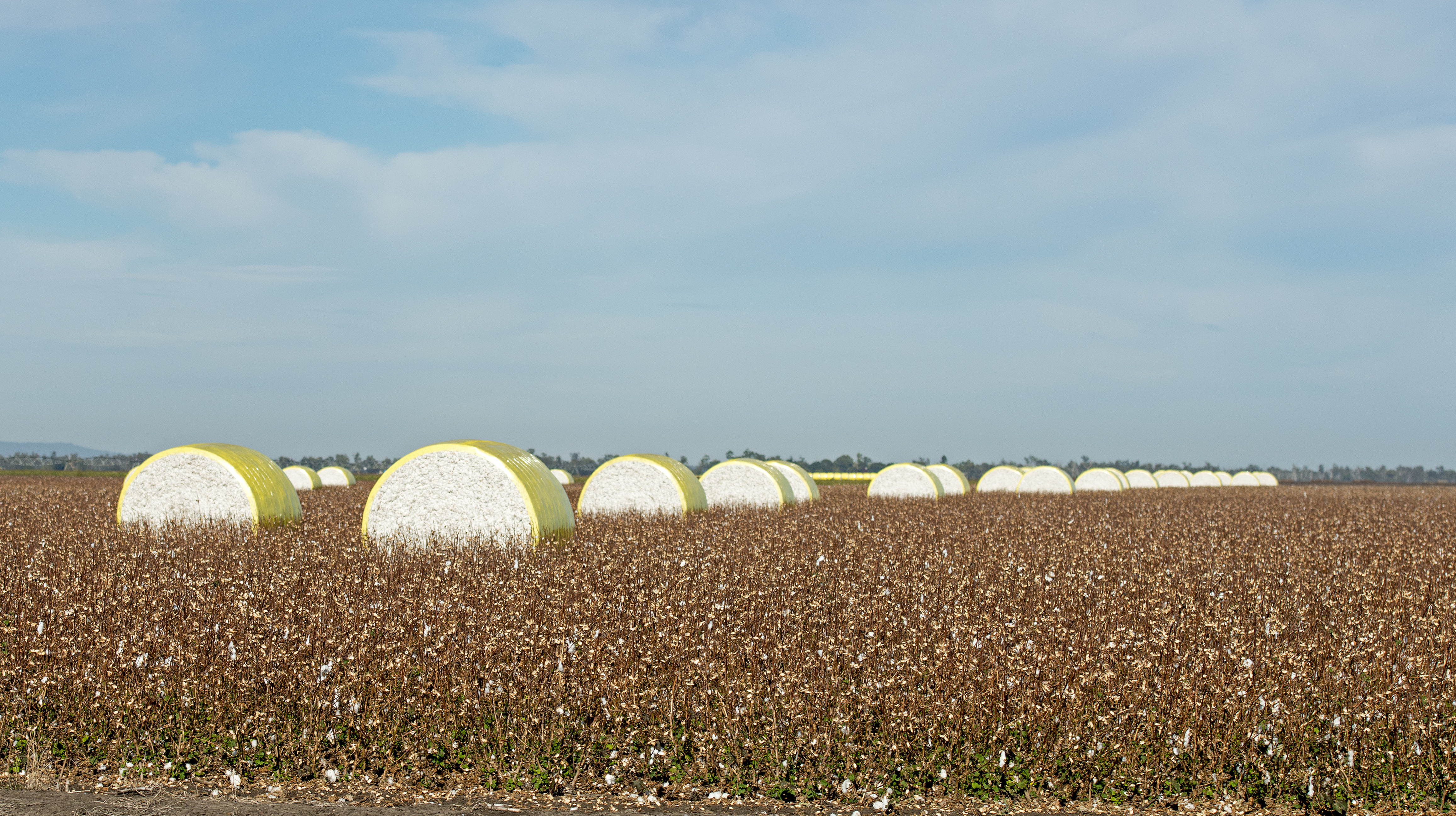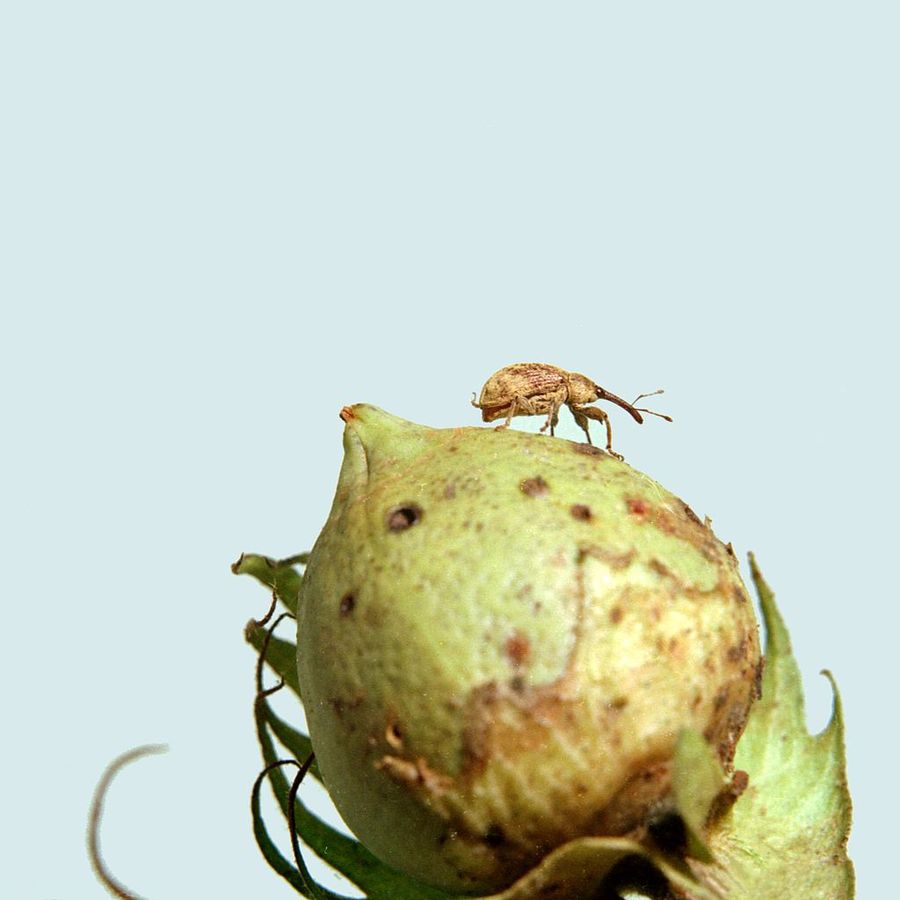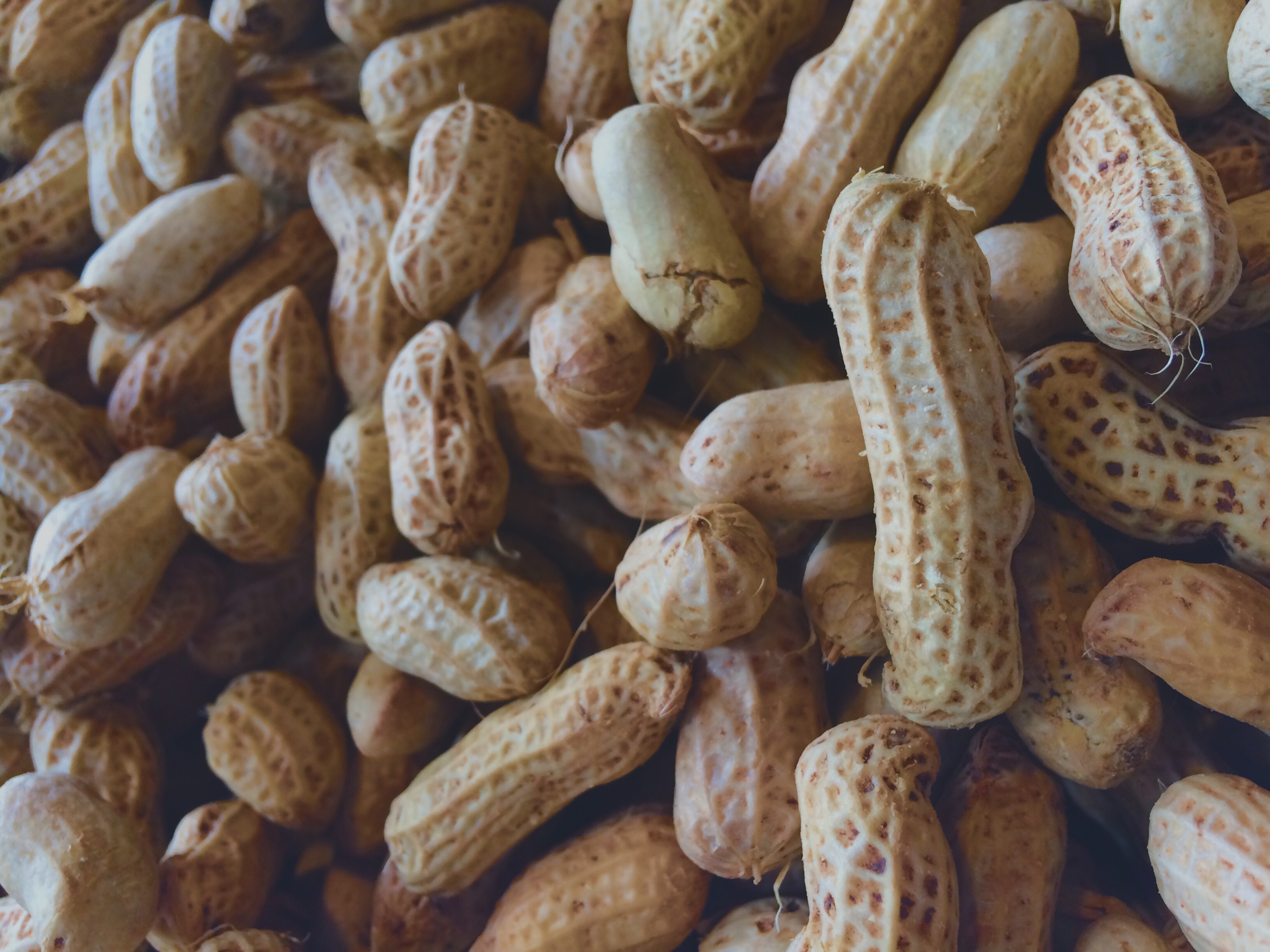Ecosystem Station Investigation: Row Crop Garden
| Barkley Bridge Elementary Row Crops Garden Click on image to enlarge it |
 Investigate Row Crops
Investigate Row CropsAgriculture in Alabama has changed greatly over time – from Native Americans to European settlers to modern day farmers. It has always played a big role in our economy. From planting seeds and harvesting by hand to doing the whole process using machines, we have solved problems and improved our methods along the way.
| Click on the icons below to learn more! | |
| What is a Row Crop? | History of Agriculture in AL |
|
Agricultural planter laying seeds in rows
Dreamstime - Gozzoli |
Sprinkler system in row field
Dreamstime - Stevanovicigor |
Tractor spraing row field
Dreamstime - Ilfede |
Cultivator in row field
Dreamstime - Oticki |
| Click on images to enlarge them | |||
| Permanent crops: The alternative to row crops is permanent crops.
Permanent crops are perennials (live for multiple years). This includes crops that grow on trees, shrubs, and vines. Citrus groves, pean and apple orchards, and grape vinyards are examples of permanent farming in the United States. |
Pecan orchard under irrigation
Wikimedia - Dicklyon Click on image to enlarge it |
| History of Agriculture in Alabama | |
| Agriculture: Agriculture is the process of growing and harvesting crops and raising livestock to sell.
Another word for agriculture is farming. |
Slash and Burn Agriculture (not in AL)
Wikimedia - Frank Vassen Click on image to enlarge it |
Early agriculture in Alabama: Before European settlers arrived, Native Americans practiced slash-and-burn agriculture. They cut and burned parts of the forest to make patches of clear space for corn, beans, and squash. |
|
Early farms in Alabama: In the early 1800s, settlers established the first farms in Alabama. Most of these were along rivers where native American villages once stood before they were forced to move. Soil types played a role in development of agriculture in Alabama.
|
|
Cotton in Alabama: The invention of the cotton gin in 1794 lead to a boom in settlers in the early 1800's.
The cotton gin lowered the cost of processing cotton fiber. The settlers' victory in the Battle of Horseshoe Bend in 1814 also opened up land west of the Chattahoochee River. The settlers had one objective - to grow cotton! Alabama became the 22nd state on December 14, 1819. By 1860, every county in the state produced cotton and Alabama became known as "The Cotton State". Around this time, about 1 million acres were planted with cotton. By 1914, 4 million acres were planted with cotton! |
|
|
Bales of cotton harvested from field
Dreamstime - Johncarnemolla Click on image to enlarge it |
|
Problems with cotton production: Maximum cotton production and growth continued until a pest called the Mexical boll weevil reached Alabama in 1910.
This beetle caused a loss of 1 million acres of cotton. Severe soil erosion was occuring on these large scale farms due to plowing in the fall and planting in the spring over and over again. |
Boll Weevil on Cotton Boll
Wikimedia - Clemson University Click on image to enlarge it |
| George Washington Carver: These setbacks caused farmers to begin planting additional crops.
Around this time George Washington Carver was spreading the word about crop rotation, peanuts, and sweet potatoes. CLICK HERE to read more about the impact Dr Carver had on Alabama’s agricultural history.
Peanuts, citrus, peaches, pecans, and legumes (beans) were some of the new crops to the Alabama market. Fertilizers were also starting to be used, creating healthier soils and better crop outcomes. Modern farmers usually rotate cotton with corn, soybeans, or peanuts. Cover crops are planted in between seasons to protect the soil from erosion. Cover crops in Alabama include wheat, rye, or vetch. |
George Washington Carver
flickr - TradingCardsNSP Click on image to enlarge it |
|
Crop Rotation
Angelo Troiano, IT Click on image to enlarge it |
|
| Agriculture in Alabama today: As of 2015, there were 42,700 farms covering 8.8 million acres - roughly 25% of the land in the state.
These farms produced over $5.5 billion worth of crops - only 4% of that was cotton. Cotton is still our largest row crop and is grown in 59 of Alabama's 67 countines. However, Alabama is now mostly woodlands, pine plantations, pasturelands, hayfields, and small rural and suburban homesteads sprinkled between major cities. |
Peanuts
Dreamstime Click on image to enlarge it |
Although Alabama was once "The Cotton State", today it produces more than that including corn, wheat, and soybeans. Alabama also produces half of the peanuts grown in the United States! |
|
Sources:
 |
 |
.
 Wildlife Tag
Wildlife Tag
